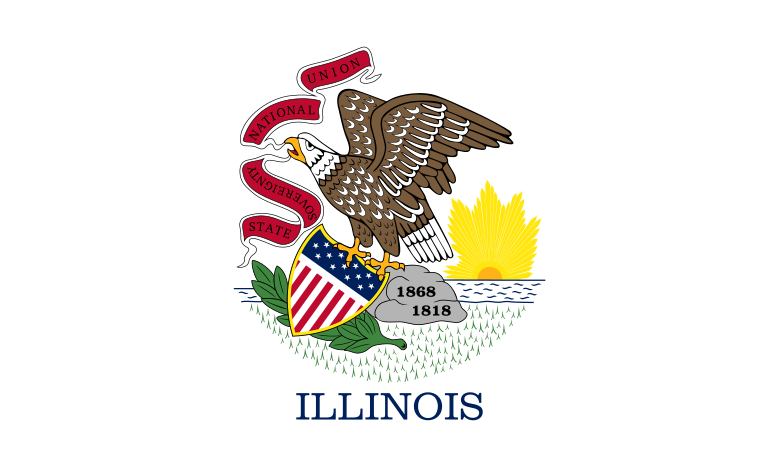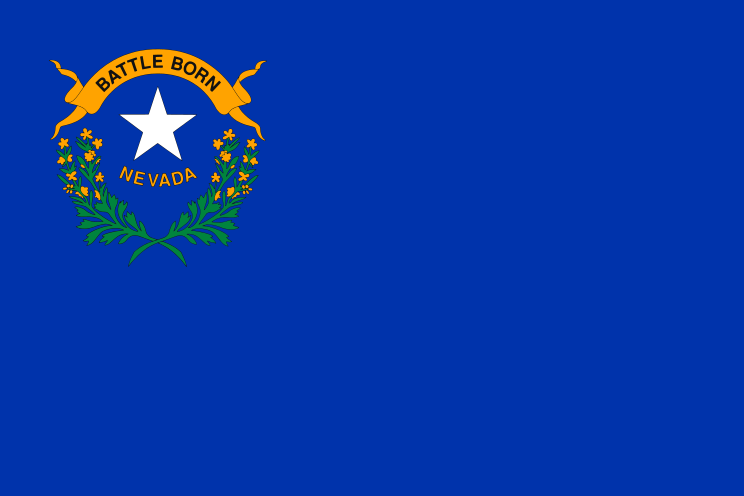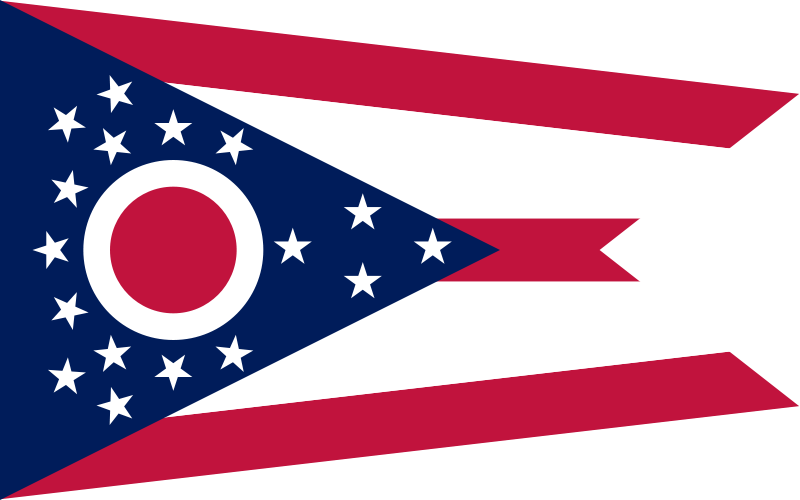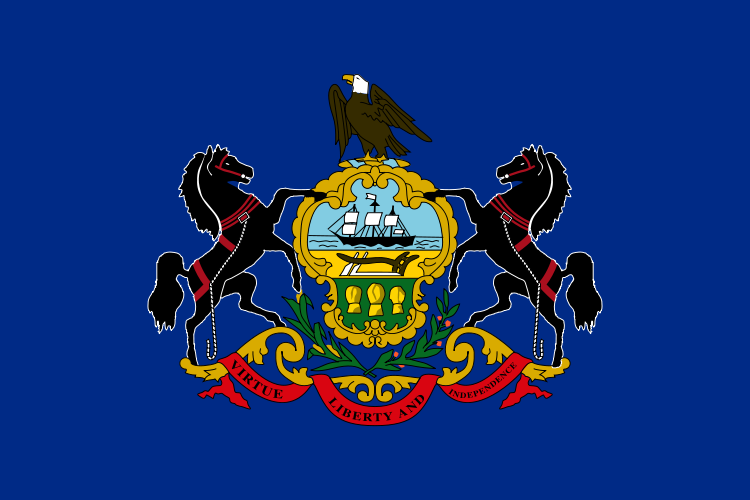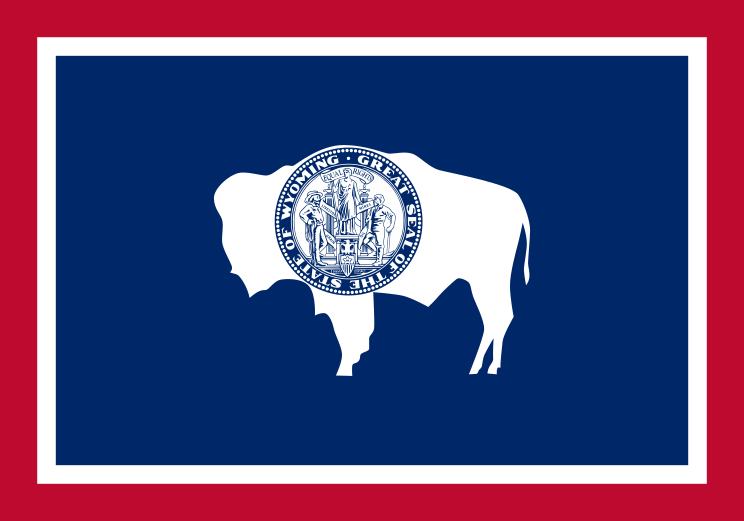i've been to Las Vegas enough times that on our recent trip to the Silver State i wanted to get out of the bustle and neon glare of town while Jill was at her conference. so i chose to check out what the Las Vegas Review-Journal called "the best place to take out of town visitors" in 2008: Valley of Fire State Park. and all in all i'd have to say that (not having seen all of the other contenders for that title) i agree that it is about the best thing to see around Vegas.
here i am at the entrance to the park, with very little hint as to the explosion of color that lies just beyond the bend. being all alone and having forgotten a tripod, i had to make do with the roof of the car, which is the blurry red thing you can see at the bottom right of the picture. below, these shots should give you more than a hint at the colors, which are generated primarily by iron deposits in the silica that makes up these rocks. you can see some of them that don't have the iron deposits, and in some parts of the park the two colors are juxtaposed to very dramatic effect.
the park has several very distinct rock formations and clusters of formations, like the "beehives" that are pretty prominent inside west entrance. but a lot of the formations consisted of hollowed out areas in large cliff-like faces, which looked either like miniature or faraway troglodyte cave dwellings or gave the impression of ghoulish faces trying to break out from behind a stretchy screen. to me it did, anyway, very strongly. there are a few short trails in the park and if you hiked all of them and saw all the formation clusters you could do the whole park comfortably in five or six hours, plus another hour each way in travel time to and from the city. i didn't have quite that long, so i skipped a couple of the hikes and must have looked a bit strange hurrying around to see all the formations, but i did it, and that's what counts.
above: pretty self-explanatory, i hope. they're very proud of this one, and apparently it's quite famous. below: the north shore of Lake Mead on the alternate route back to town that takes you through some stunning scenery in the Lake Mead National Recreation Area.
when i had to go back and pick Jill up, i decided to take the long way 'round and went through the north end of Lake Mead National Recreation Area, which had some great views of its own, including a few of the clear blue waters of lake, which in the dry desert heat of the day looked very inviting indeed. but i resisted going closer to dip in, knowing Jill was tired and hungry, and headed back on the long road to get her. i'm sure she'd had a good time at her convention, but the next time we head for Las Vegas, i think i'll spring her from all that excitement and take her to see the real jewels of the desert. she'll love the park and i won't have to use the car as a tripod, talk about a win-win!
here i am at the entrance to the park, with very little hint as to the explosion of color that lies just beyond the bend. being all alone and having forgotten a tripod, i had to make do with the roof of the car, which is the blurry red thing you can see at the bottom right of the picture. below, these shots should give you more than a hint at the colors, which are generated primarily by iron deposits in the silica that makes up these rocks. you can see some of them that don't have the iron deposits, and in some parts of the park the two colors are juxtaposed to very dramatic effect.
the park has several very distinct rock formations and clusters of formations, like the "beehives" that are pretty prominent inside west entrance. but a lot of the formations consisted of hollowed out areas in large cliff-like faces, which looked either like miniature or faraway troglodyte cave dwellings or gave the impression of ghoulish faces trying to break out from behind a stretchy screen. to me it did, anyway, very strongly. there are a few short trails in the park and if you hiked all of them and saw all the formation clusters you could do the whole park comfortably in five or six hours, plus another hour each way in travel time to and from the city. i didn't have quite that long, so i skipped a couple of the hikes and must have looked a bit strange hurrying around to see all the formations, but i did it, and that's what counts.
above: pretty self-explanatory, i hope. they're very proud of this one, and apparently it's quite famous. below: the north shore of Lake Mead on the alternate route back to town that takes you through some stunning scenery in the Lake Mead National Recreation Area.
when i had to go back and pick Jill up, i decided to take the long way 'round and went through the north end of Lake Mead National Recreation Area, which had some great views of its own, including a few of the clear blue waters of lake, which in the dry desert heat of the day looked very inviting indeed. but i resisted going closer to dip in, knowing Jill was tired and hungry, and headed back on the long road to get her. i'm sure she'd had a good time at her convention, but the next time we head for Las Vegas, i think i'll spring her from all that excitement and take her to see the real jewels of the desert. she'll love the park and i won't have to use the car as a tripod, talk about a win-win!















































